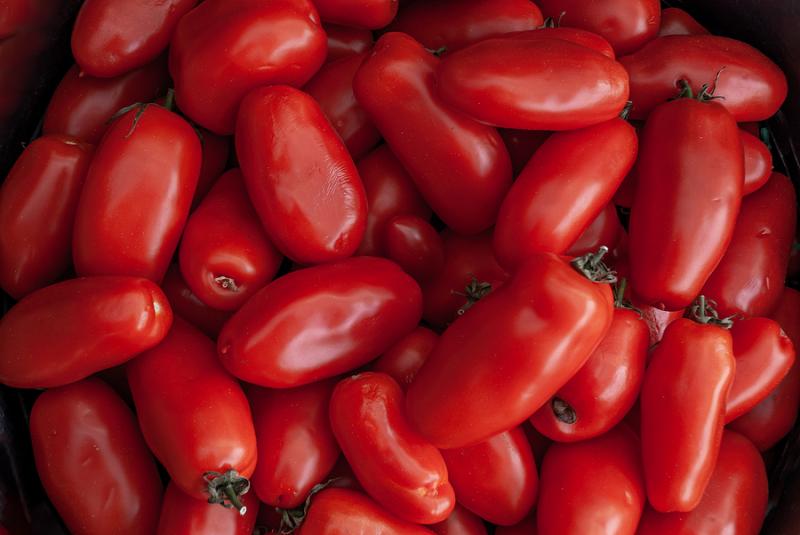When they were brought to Europe in the 16th century, tomatoes were considered poisonous, therefore tomato plants were grown exclusively for ornamental purposes. It took about two centuries for the initial distrust to fade and for tomatoes to be considered edible. In the meantime, the tomato plant had adapted very well to the climate of Southern Europe.
Not all tomatoes that came from America were red: there were gold, yellow, blue, purple, green ones. Over time, the red variety became prevalent, selected in an area of southern Italy, which today is famous for the production of San Marzano tomatoes, considered the best for canning, paste and delicious pasta sauce.
The area is known as the Agro Sarnese-Nocerino, a vast plain in the province of Salerno that partially encloses the valley of the Sarno river, borders the slopes of the Vesuvius volcano and is affected by the influence of the nearby Tyrrhenian Sea, conditions that make it a very fertile territory.
The use of tomatoes for sauces and preserves, now ubiquitous in Italian cuisine, is actually quite recent; it did not originate until the second half of the 1800s. Nowadays, at the end of summer, it is a very common ritual in Italian cuisines, especially in the south, to prepare airtight jars of San Marzano tomato sauce to freeze for use in the winter months.
Why now? Because San Marzano tomatoes are harvested between the end of July and the end of September, strictly by hand, according to the guidelines set forth by the Consortium of San Marzano Tomato.
San Marzano is considered the best type of tomato for making sauce, because it’s pulpy, compact, sweet, not very watery, with few seeds, and the right amount of acid. A quick cooking of its pulp is enough to obtain a delicious sauce, or to bottle a divine preserve.












